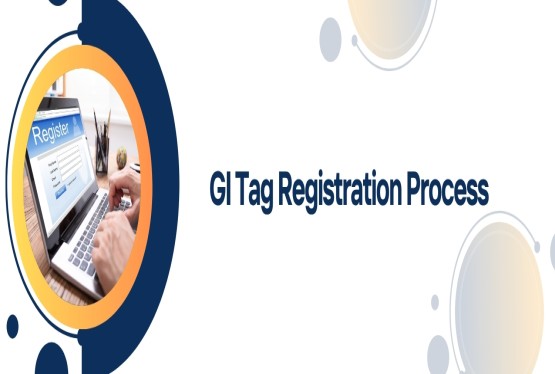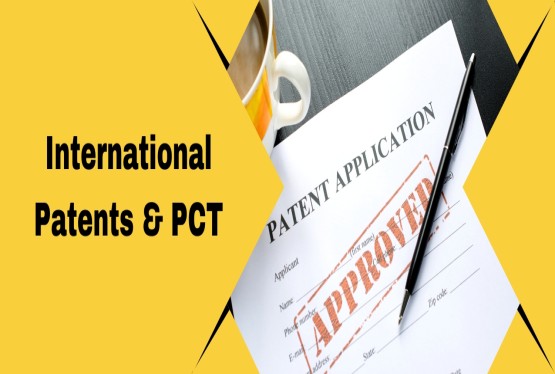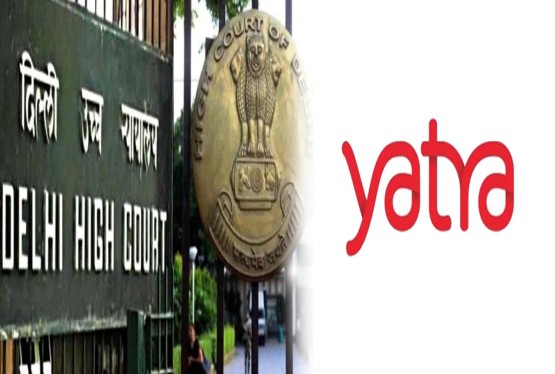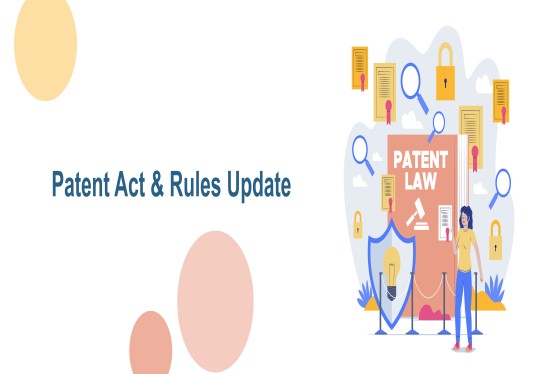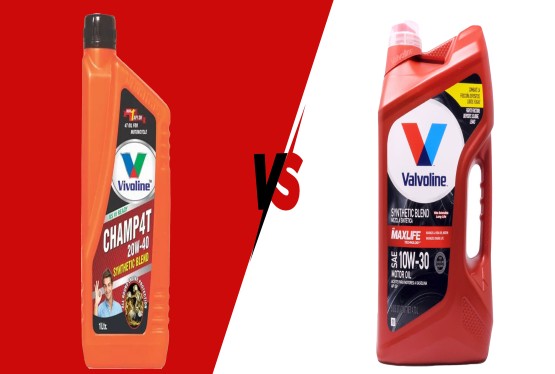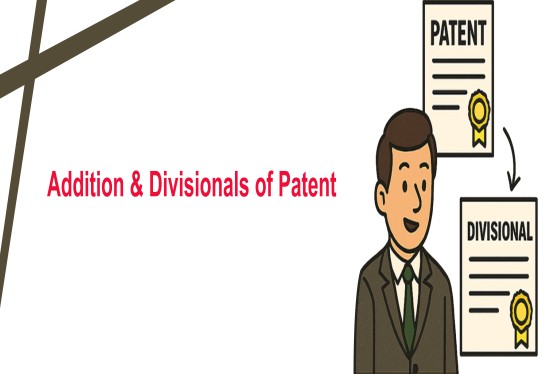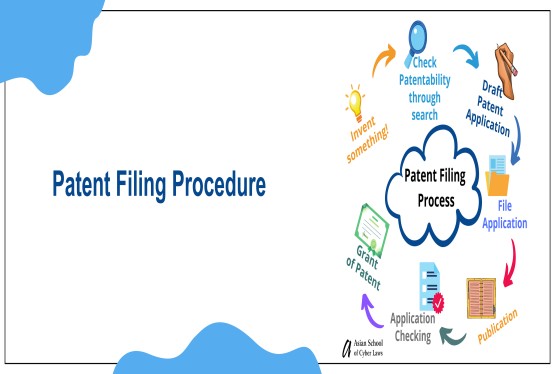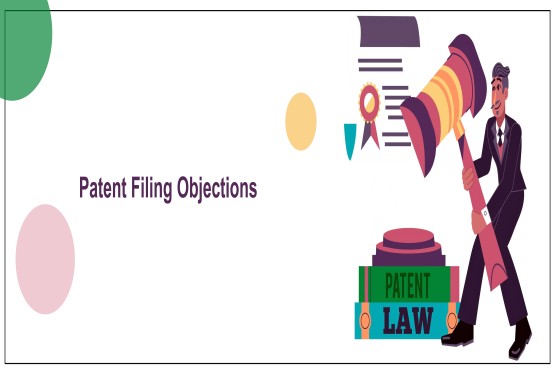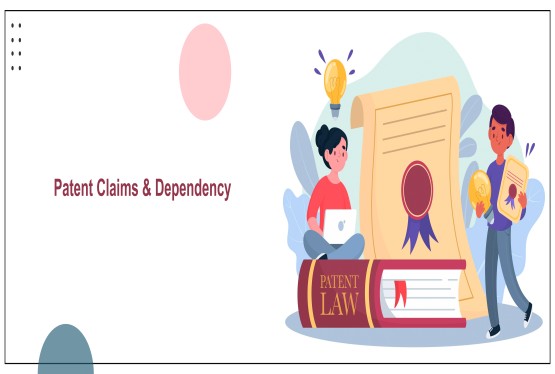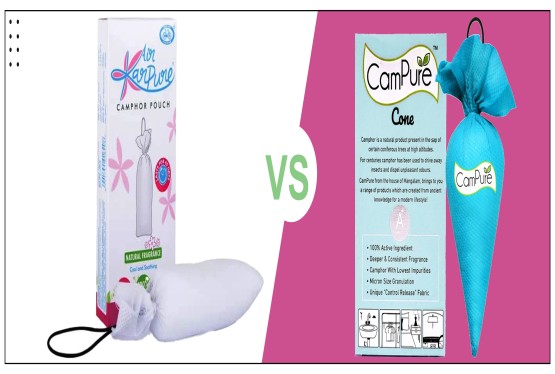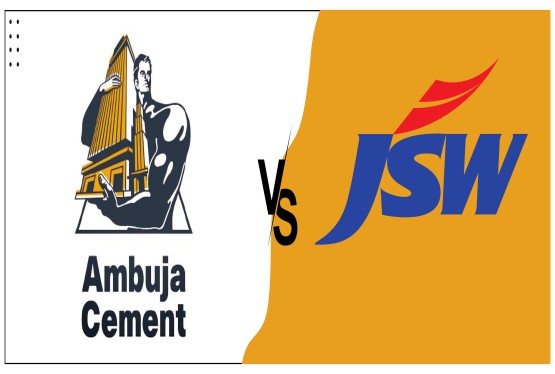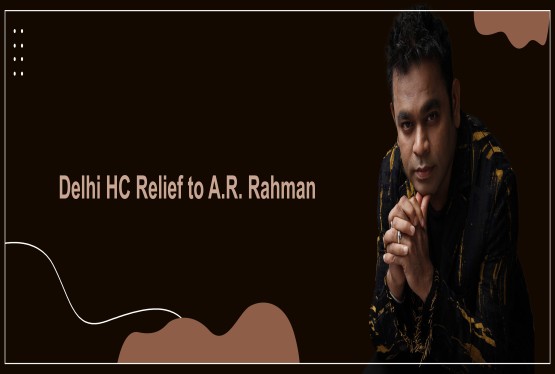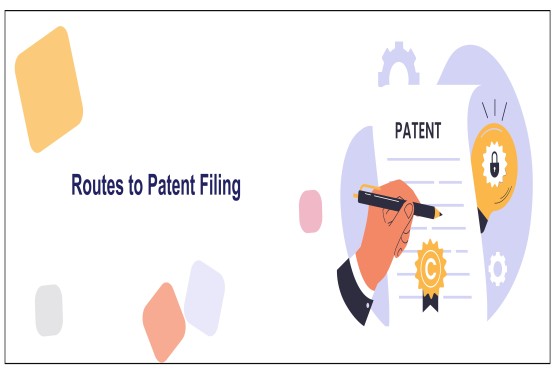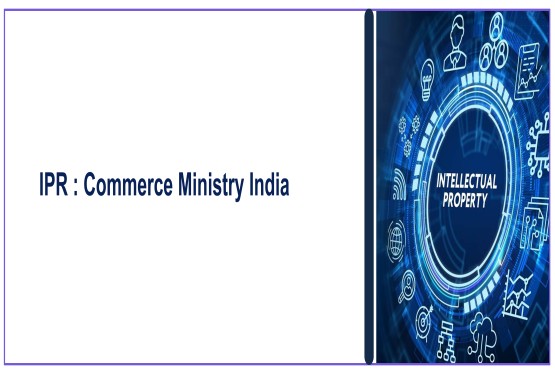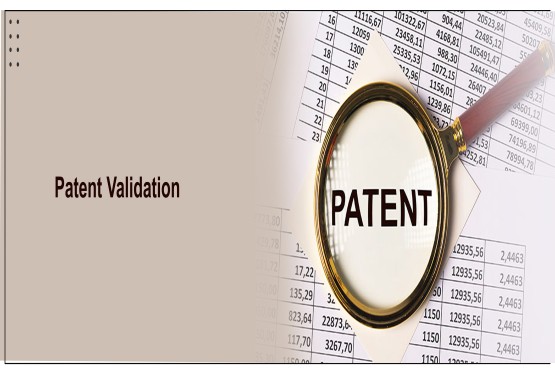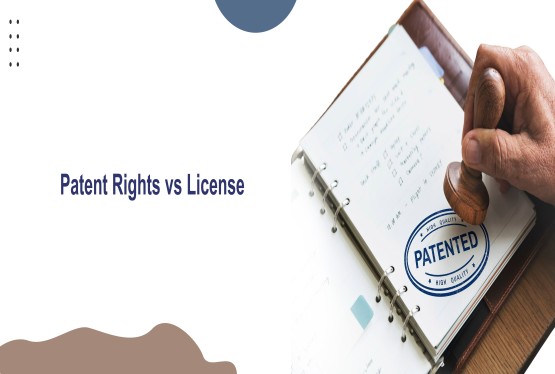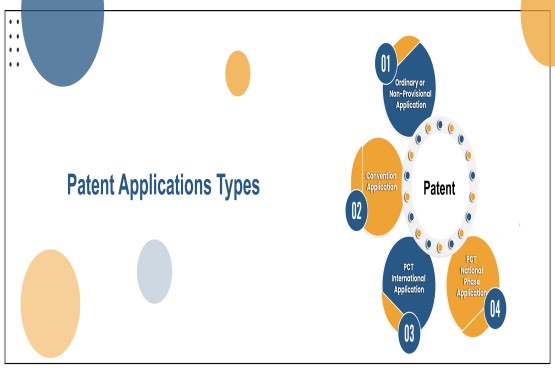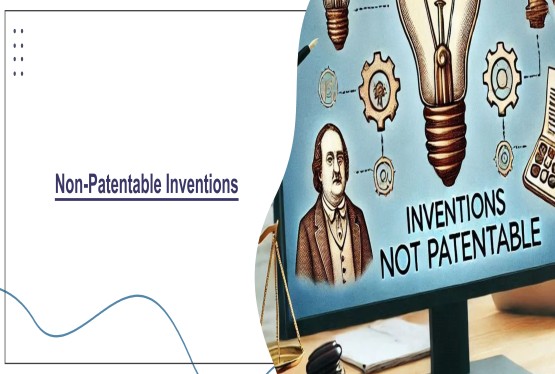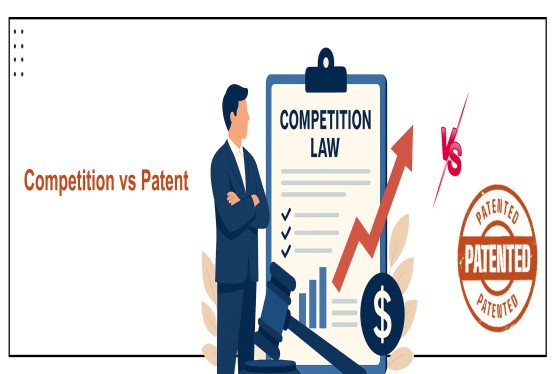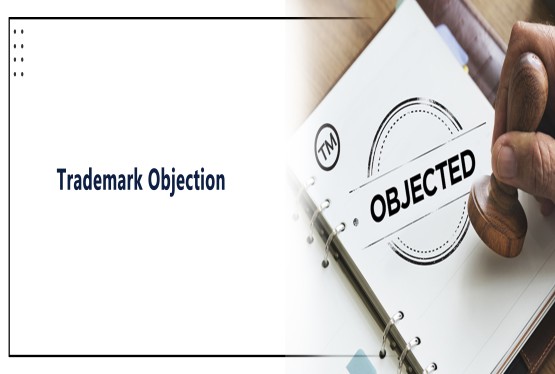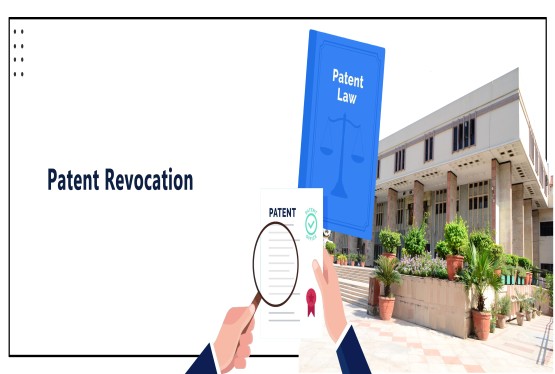Patent registration in India is a vital step for inventors, startups, and businesses looking to protect their innovations from unauthorized use. The process of obtaining a patent can be complex, but breaking it down into a series of manageable steps makes it easier to understand and follow. Below is a complete guide on how to register a patent in India.
Step 1: Determine the Patentability of the Invention
Before starting the patent registration process, you must assess whether your invention qualifies for a patent under Indian law. In India, an invention is patentable if it satisfies the following criteria:
-
Novelty: The invention should be new and should not have been published or known to the public anywhere in the world before the patent application.
-
Inventive Step: The invention must involve a non-obvious inventive step that is not easily deduced by someone skilled in the related field.
-
Industrial Applicability: The invention must be capable of being used in some kind of industry or have practical application.
Conduct a Patent Search
A crucial preliminary step is to conduct a patent search using databases such as InPASS (Indian Patent Advanced Search System) to ensure that no similar patent exists. This helps avoid rejections due to lack of novelty.
Step 2: Prepare a Patent Application
Once the invention is confirmed to be patentable, the next step is to prepare the patent application. The application should include the following:
-
Title of the invention
-
Abstract: A summary of the invention.
-
Complete specification: A detailed description of the invention, explaining how it works, how it is made, and its application.
-
Claims: The claims define the boundaries of patent protection.
-
Drawings or sketches: Visual representations, if applicable, to help explain the invention.
Types of Patent Applications:
-
Provisional Application: If your invention is still in development, you can file a provisional application. This secures an early filing date and gives you 12 months to submit the complete specification.
-
Complete Specification: This application includes the final, detailed description of the invention and its claims. A complete specification must be submitted within 12 months of filing a provisional application.
Step 3: File the Patent Application
You can file the patent application online through the e-filing portal of the Indian Patent Office or submit it physically at any of the four patent offices in Delhi, Mumbai, Chennai, or Kolkata.
Documents Required:
-
Form 1: Application for grant of a patent.
-
Form 2: Provisional or complete specification.
-
Form 3: Statement and undertaking regarding foreign patent applications (if any).
-
Form 5: Declaration of inventorship.
-
Form 26: Power of attorney (if filed through a patent agent).
-
Abstract: A brief summary of the invention.
Once you file the application, you will receive an Application Number that allows you to track your application status.
Step 4: Publication of the Patent Application
After filing, the patent application will be published in the Official Patent Journal within 18 months. However, if you want faster publication, you can request early publication by filing Form 9 and paying the requisite fee. In such cases, the application will be published within one month of the request.
Step 5: Request for Examination
Patent applications are not automatically examined. You must file Form 18 to request the Indian Patent Office to examine your application. You must submit this request within 48 months from the date of filing the application or the priority date (whichever is earlier).
The patent examiner will review the application based on the patentability criteria novelty, inventive step, and industrial applicability and may issue a First Examination Report (FER) with objections.
Step 6: Respond to Examination Report
If the examiner raises objections in the First Examination Report, you must respond to those objections within 6 months from the date of issuance. The response may include amendments to claims, descriptions, or clarifications on the objections raised.
This stage may involve multiple rounds of communication with the patent office until all objections are cleared.
Step 7: Grant of Patent
Once the examiner is satisfied with the response and all objections are resolved, the patent will be granted. The grant of the patent is published in the Official Patent Journal, and a Patent Certificate will be issued to the applicant.
Step 8: Maintain the Patent
A granted patent is valid for 20 years from the filing date, provided that the annual renewal fees are paid starting from the third year. If the renewal fees are not paid, the patent will lapse.
Additional Tips:
-
Professional Help: The process of drafting a patent application and responding to examination reports requires expertise in legal and technical aspects. Engaging a registered patent agent or attorney can help avoid common mistakes and streamline the process.
-
Track the Application: Use the Indian Patent Office website to track the status of your application after filing.
-
Stay Organized: Maintain a timeline of key milestones, such as when the application was filed, when the examination request was made, and when responses to objections are due.
Conclusion
The patent registration process in India involves multiple stages, from filing the application to responding to examination reports. By following the step-by-step process outlined above, inventors can protect their innovations and obtain exclusive rights over their inventions. While the process may seem lengthy, it is crucial to ensure the proper protection of intellectual property and prevent infringement.
Securing a patent can open up significant business opportunities, including licensing deals, increased market value, and legal protection against competitors.






























_(b)_of_the_Trademark_Act,_1999_(1)_crop10_thumb.jpg)



_crop10_thumb.jpg)




























_crop10_thumb.jpg)
_crop10_thumb.jpg)






_crop10_thumb.jpg)








_crop10_thumb.jpg)



_crop10_thumb.jpg)





























_crop10_thumb.jpg)

















_crop10_thumb.jpg)






_crop10_thumb.jpg)











































































































































_crop10_thumb.jpg)




































_crop10_thumb.jpg)












_crop10_thumb.jpg)















































_crop10_thumb.jpg)

















